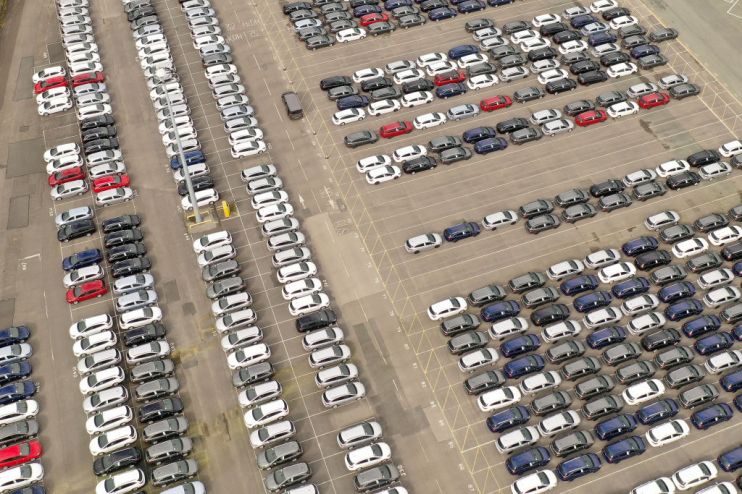Who were the biggest winners and losers in 2023 in the automotive world

It has been a year of change for the global automotive industry.
The turbulence of the post-pandemic years, which saw a global shortage of semiconductors pummel automakers around the world, is now firmly in the rearview mirror.
Electric vehicles (EVs) have stolen the headlines, as Europe, the US and China compete to steal market share in the race to transition to greener fleets.
Some producers have taken the changes in their stride, while others have fallen behind. City A.M. looks at the biggest winners and losers in 2023.
Winners
China’s domestic start-ups: Chinese automakers have stolen the show in the EV race and are now posing a significant threat to Europe’s traditional manufacturers. Domestic start-ups like Nio, Xpeng and Li Auto have emerged as significant new players and are creeping onto the continent with cutthroat prices.
And a shoutout to the older BYD, the Warren Buffet-backed, Shenzen-based automotive conglomerate, which is continuing to march ahead, closing in on Tesla for the top spot in global battery electric market share.
Luxury supercar demand doesn’t appear to be dying down any time soon. A challenging macroeconomic backdrop has had little effect on Europe’s super-rich, who have driven Ferrari to an excellent year of profit. The Prancing Horse is now well ahead of rival Porsche and is cashing in on a boom in revenues from personalisations when buyers splash out to customise their new model.
Almost
A stellar year for Aston Martin should have seen the marque easily make the winner’s list. Billionaire Lawrence Stroll’s outfit was the FTSE 250’s fastest riser heading into Autumn. However, a November announcement that a production snarl-up would hit the roll-out of its highly-anticipated DB12 model sent shares plummetting. Not quite.
Volkswagen’s financial results left a lot to be desired this year and shares are trading down more than five per cent over the last 12 months. But experts are backing it as the most future-ready European carmaker amid growing concerns over China’s ferocious new EV brands.
Professor Howard Yu, director of the IMD’s Center for Future Readiness, noted a “very high” investment, including €18bn (£15.6bn) in e-mobility, hybridization, and digitalization by 2026, and a strong target of increasing its all-electric share in Europe to 70 per cent of its sales by 2030.
Losers
McLaren’s finances are still in the lurch despite the global shortage of semiconductors coming to an end.
Auditors warned last year the luxury carmaker was at risk of collapse and it is still asking shareholders to stump up cash amid ongoing struggles. A deal that will see the Bahrain state become the group’s sole shareholder could go some way to turning things around.
Renault has suffered this year as the company struggles to fill the gap left by Carlos Ghosn, the former chairman of the Renault-Nissan-Mitsubishi alliance. A separate effort at a mega-merger with Fiat Chrysler collapsed, while sales slowed sharply in the latter months of the year. Investors will be looking ahead to the much-anticipated Ampere IPO in 2024 amid chatter of an £8.6bn valuation.
“Renault has continued to lag its peers in making new EV investments. It has been slow to develop and launch attractive models – only one car, the Dacia Spring, features in Europe’s top 10 EV models. To be fair, however, Renault has also performed well financially but its lack of momentum on the EV front makes it the worst European carmaker of 2023,” Arushi Kotecha, automotive analyst at EIU, said.